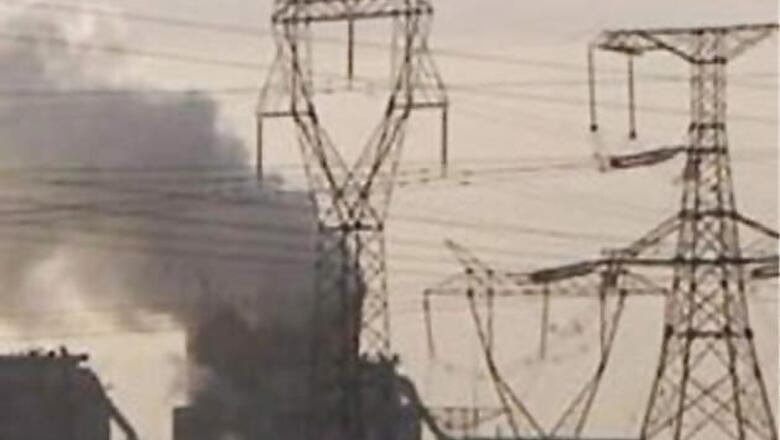
views
Article written by Heherson T. Alvarez - Philippine Climate Change Commission
In November 8, 2013, my country encountered the most ferocious destruction of climate change. Super Typhoon HAIYAN wiped out the entire City of Tacloban and the adjoining region of Central Philippines. Haiyan killed more than 8,000 people, devastated 71,000 hectares of agricultural lands and an almost incalculable destruction of houses, public edifice and natural heritage sites. The agricultural damage alone is estimated at 3.7 billion pesos or $85 million, not including thousands of small fishing boats and the livelihood instruments of small fishermen.
We are deeply grateful to all world leaders, country representatives, and non-government personnel, for their humanitarian assistance as much as for their prayers. We have always been visited by an average of 20 typhoons annually over the decades, but our communities survived them unshaken. But, Super Typhoon Haiyan was a MONSTER!
We shall be facing even far more dangerous impacts of climate change in the years ahead as the heating of the earth rises, our needs for energy, water, and food will be escalating, with an expanding population of almost 99 million, the Philippines is the 12th most populated country in the world.
An archipelagic community of 7,100 islands with its narrow land masses fragmented by extensive river systems,and a coastline longer than that of the continental United States, we are indeed the third most vulnerable to the havocs of global warming and climate change.
Our capacity, not only for sustainability but immediate survival, as a community is imperiled. If in this 'horse-race' between mitigation and adaptation, even if the world temperature is abated below that 'point of no return', but global heating is not abated soon enough, our country and many island communities could perish.
We are endowed with all alternative resources of energy: we are the second largest user of geothermal power. We are tropical and abundant with sunshine and bio-mass, criss-crossed by many rivers and surrounded by oceans. We have access to potentially abundant powerful water energy sources.
There are technology barriers to access these resources which amount to financial barriers for the exploitation of these alternative energy resources. But these technological and financial barriers could be overcome with creative determined policy on our transition towards a sustainable path of clean energy and development.
But the greatest of all barriers - that of fossil fuel - is almost insurmountable as it must be for nearly all countries of the world.
Coal and petroleum-based energy remains the cheapest in the market without the destructive externalities imputed into their cost. Policy planners take these carbon energy systems as the cheap and easy pathway towards energy growth and development.
Coal-fired plants, which operate across the Asian region, are the largest single source of carbon emissions. Coal-fired power plants, which account for more than 36 percent of carbon emissions currently in the Philippines, is projected to grow to 86% in 2030 - 16 years from today - which would be reducing alternative energy from 60% to a mere 14% of our total energy mix. Expanding coal use in my country, and in many parts of the world, will be very costly in terms of environmental ruin, the reduction of water supply and impairment of food system.
Many policymakers have taken the facile notion that fossil fuel lead to the easiest pathway to development.
We all know that this is a falsehood. Coal and fossil fuels are heavily subsidized and once the externalities of pollution and climate change costs are factored, it is the most costly, nay, even destructive on our living earth.
The economic fallacy about coal is a formidable economic, political and psychological barrier that blocks the accelerated development of renewable energy. We must shape the policy instruments to overcome this formidable barrier. We should be transparent and candid of this great burden of fossil fuel and its terrible externalities, and manage to reduce it so that rationally it may have its minimum use for our fuel mix.
In summary, our goal of a low carbon world can be achieved only through sustained efforts, with appropriate incentives, and with determined policy changes that move governments toward low carbon strategies in power generation.
The Philippines is only a case study on the fate of the earth.
If we can summon the imagination and the will to diminish or entirely dismantle these barriers - especially that fossil barrier - the transition to a cleaner, healthier, and abundant safe energy future will be achieved. The Earth will not burn beyond 2 degrees centigrade and will flourish and endure into eternity.




















Comments
0 comment